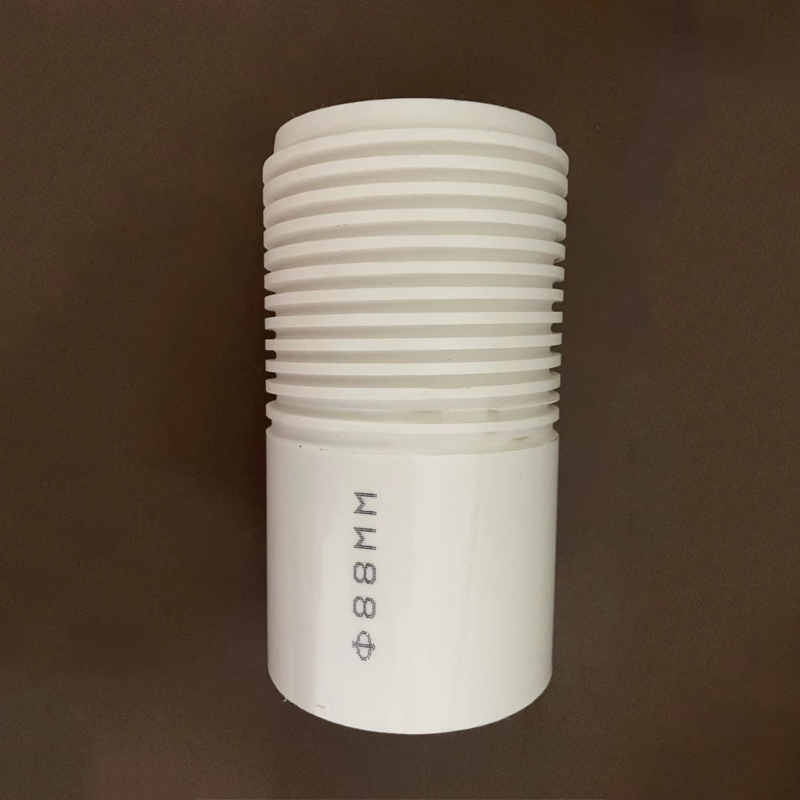Dec . 11, 2024 10:45 Back to list
HDPE and Steel Pipe Connection Solutions for Reliable Service and Installation
Connection of HDPE to Steel Pipe A Comprehensive Overview
In today’s construction and engineering sectors, the connection between different piping materials is vital for the integrity and efficiency of fluid transportation systems. High-Density Polyethylene (HDPE) and steel pipes are two materials with distinct advantages that are often utilized in various applications, from municipal water supplies to industrial processes. This article will delve into the methods and considerations involved in the connection of HDPE to steel pipes, highlighting its importance in modern infrastructure.
Understanding HDPE and Steel Pipes
HDPE is a thermoplastic polymer known for its high strength-to-density ratio, making it both a lightweight and robust choice for piping systems. Its resistance to corrosion, chemicals, and environmental stressors makes HDPE suitable for a variety of applications, such as potable water distribution, waste management, and gas transmission.
On the other hand, steel pipes, particularly carbon steel, are renowned for their durability and strength, especially in high-pressure applications. Steel pipes are widely used in construction, oil and gas sectors, and any situation that demands a robust material with excellent tensile strength.
Both materials offer unique benefits, but their differing properties necessitate careful consideration when connecting them.
Connection Methods
There are several methods to connect HDPE to steel pipes, each with specific advantages and applicable scenarios
1. Mechanical Fittings Mechanical fittings are one of the most common methods for connecting HDPE to steel pipes. These fittings allow for a straightforward and effective connection without the need for extensive modifications to either pipe. Typically, a transition fitting specifically designed for HDPE and steel connections is used. These fittings can accommodate the differing thermal expansion rates and provide a secure seal.
2. Flanged Connections Flanged connections offer another reliable method for connecting HDPE to steel pipes. In this method, flanges are attached to both the HDPE and steel pipe ends. This allows for easy disassembly and maintenance. However, it is essential to use transition flanges that can accommodate the properties of both materials.
hdpe to steel pipe connection service

3. Welding While welding is a common technique for connecting pipes of the same material, it is generally not suitable for directly joining HDPE to steel due to their different thermal properties. However, some systems employ a method known as fusion welding for HDPE components followed by a mechanical connection to steel.
4. Adapters Adapters specifically designed for HDPE to steel transitions can also be an efficient solution. These adapters contain a combination of materials that facilitate the connection while providing flexibility and resistance to environmental factors.
Key Considerations
When designing a connection between HDPE and steel pipes, several factors must be taken into account
- Thermal Expansion Both HDPE and steel exhibit different thermal expansion characteristics. Proper allowances should be made for the movement of the materials to avoid stress or damage at the joint.
- Corrosion Resistance While HDPE is inherently resistant to corrosion, steel can be susceptible to rusting. Corrosion protection methods, such as coatings or cathodic protection, may be necessary to prolong the lifespan of the steel components.
- Pressure Ratings It is imperative to ensure that the connection can withstand the pressure rating required for the application. Both components should be rated for equivalent pressures to maintain system integrity.
- Installation Techniques Ensuring proper installation techniques are followed is vital for the long-term success of the connection. This may involve adhering to specific guidelines related to the torque specifications for mechanical fittings or ensuring clean surfaces when using adhesives.
Conclusion
The connection of HDPE to steel pipes presents unique challenges and opportunities in piping design. Understanding the characteristics of both materials and employing the correct connection methods can lead to successful integration in various applications. By considering mechanical fittings, flanged connections, and the importance of installation practices, engineers can ensure that their piping systems remain efficient, reliable, and durable for years to come. As industries continue to evolve, the ability to effectively connect different piping materials will remain an essential skill for engineers and construction professionals alike.
-
32mm HDPE Pipes Coil: Durable & Flexible Water Supply
NewsAug.05,2025
-
DN100 PVC Well Casing Pipes | Durable Corrosion-Proof
NewsAug.04,2025
-
HORON 25mm PPR Plumbing Pipes - AI-Enhanced & Reliable
NewsAug.03,2025
-
HORON 25mm PPR Pipes - AI-Optimized Plumbing Excellence
NewsAug.02,2025
-
Premier HDPE Sprinkler Pipe Manufacturers | Durable Solutions
NewsAug.01,2025
-
DN500 HDPE Double Wall Corrugated Drain Pipes | Durable & Efficient
NewsJul.31,2025

